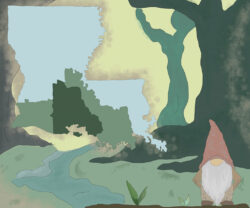Folklife

1873 Comus Parade
Mardi Gras of 1873 provided the occasion for a bold display of political commentary and costume artistrly by the Mystick Krewe of Comus.

Mardi Gras of 1873 provided the occasion for a bold display of political commentary and costume artistrly by the Mystick Krewe of Comus.

The diatonic button accordion is a prominent and distinguishing feature of Cajun music, first imported to Louisiana from Europe in the late nineteenth century by German Jewish immigrants.
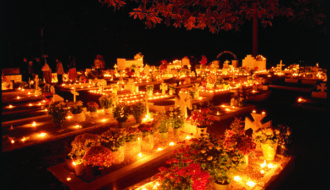
All Saints Day or All Hallows Day is a Catholic tradition honoring the saints and also deceased family members each November 1.
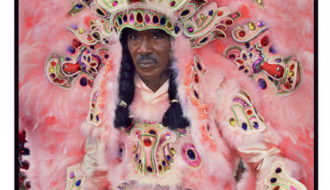
Allison "Tootie" Montana was Big Chief of the Yellow Pocahontas Mardi Gras Indian tribe in New Orleans.
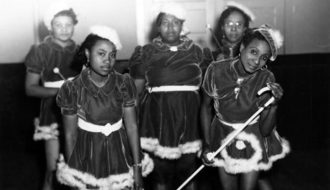
The Baby Dolls were one of the first women's street masking groups in the United States. The practice continues today as a living legacy.
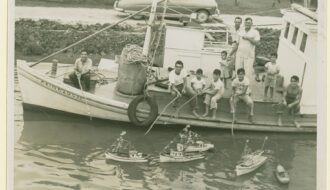
At Boat Blessings, a Catholic priest blesses a community’s shrimp boats before the start of shrimp season

Of the 119 musicians inducted into the national Blues Hall of Fame, roughly twenty percent are from Louisiana.

A self-emancipated maroon who lived in the swamps surrounding New Orleans during the 1830s, Bras Coupé has developed a powerful folkloric following.

Declared locally extinct in 1963, the brown pelican population rebounded in the state due to efforts by the Louisiana Department of Wildlife and Fisheries.
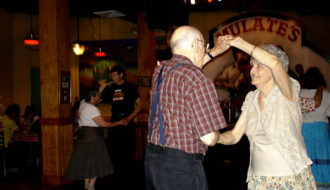
Cajun dance halls–salles de danse– are live music venues where dancing, courtship, and community building transpire.

Cajun folklife is a field of study that describes, catalogs, and deciphers meaning within the vernacular culture of Acadian refugees who settled in Louisiana.

Cajun Folktales are heavily influenced by French, West African, Caribbean, Acadian, German, and American South oral traditions.
One-Year Subscription (4 issues) : $25.00
Two-Year Subscription (8 issues) : $40.00
